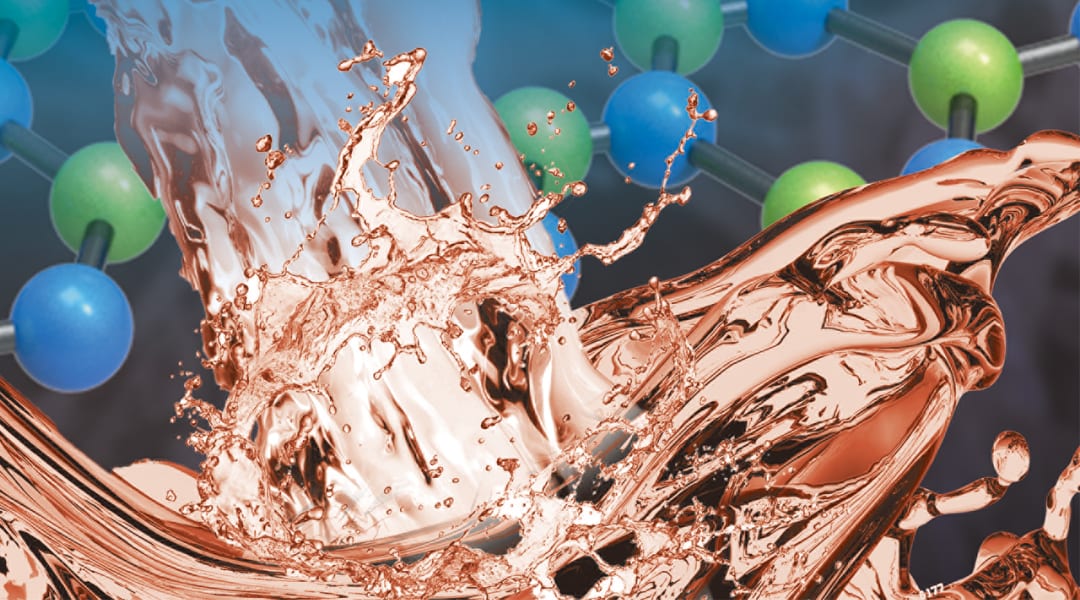Wei Liu and Kaustav Banerjee offer their thoughts on the performance problems suffered by catalysts for the hydrogen evolution reaction (HER), and provide a strong solution. For more comprehensive information on this topic, you can also check out their paper ‘Boosting Hydrogen Evolution Performance of MoS2 by Band Structure Engineering’ in Advanced Materials Interfaces, which was highlighted separately.
What is the challenge to finding a replacement for platinum as a catalyst for HER?
Platinum (Pt) is the most active known electrocatalyst for the HER; however, its scarcity and high cost restricts its large-scale application. Numerous efforts have been devoted to exploring a low cost electrocatalyst with a high HER activity which is comparable with Pt. However, the HER activities of most reported catalysts are lower than that of Pt. The preparation processes of those catalysts are also complicated, thereby enhancing the cost. Popular replacements such as CoP and CoPS grown on metal foams have shown a very high HER performance, but P is a poison element and metal foams are expensive and brittle after processing. We think that the challenge in finding a replacement for Pt is to make a balance between the cost and HER performance.
MoS2 looks like a good candidate. What is holding up its use?
MoS2 has drawn considerable attention for HER applications due to its excellent stability and Earth abundance. However, the activity of pure crystalline MoS2 is much lower than that of Pt. Since the edges and defects of MoS2 are more active for HER than its inert basal plane, various strategies have been developed to create more edges and defects on MoS2. Nevertheless, the treatments needed for nucleating active sites are still not practical for large-scale application due to their complexity and cost. Hence, we need to develop a simpler method to produce MoS2 with reasonable HER performance on a large scale.
How close are we to solving this issue?
We recently demonstrated a hydrothermal reaction to prepare MoS2 on Mo foil with excess S vacancies. This MoS2 exhibits strong HER performance due to the adequate S vacancy concentration and good electrical contact. As the band structure and electronic properties of MoS2 can be modified by depositing metal nanoparticles on the surface, its HER performance is further enhanced by decorating a very small amount (<1% weight of MoS2) of Pt on the surface, introducing new gap states, thereby lowering the hydrogen adsorption free energy and inducing more suitable catalytic sites in real space. This method is very simple, the hybrid catalyst demonstrates a HER activity close to that of Pt, and the Mo foil is cheap, allowing its use on a large scale. In addition, the hydrothermal method is well established in the industry. Hence, this composite is ready for industrial scale-up, and MoS2/Mo foil has the potential to replace Pt in the near future.

















